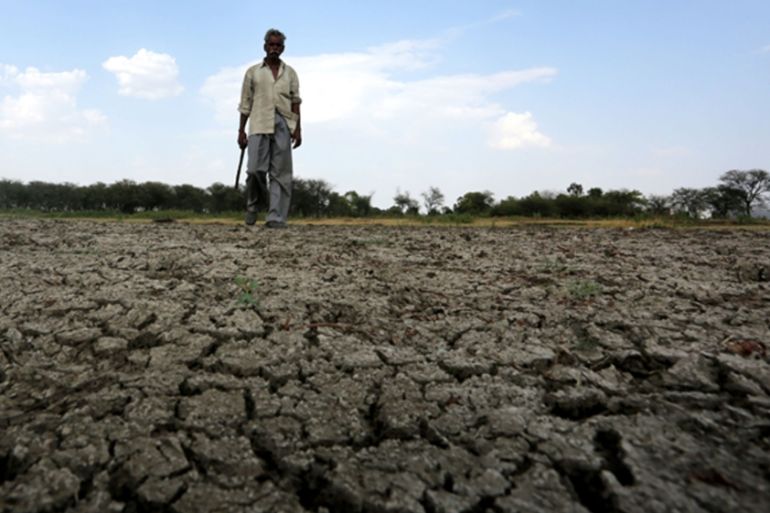India: Anticipation as Southwest Monsoon arrives
As the month of May progresses, so the arrival of India’s seasonal rains are awaited with high anticipation.

As temperatures remain high across many areas of India, all eyes are on the skies for the much-anticipated arrival of this year’s cooling, Southwest Monsoon (SM).
Just this week, the Indian meteorological department confirmed that the monsoon rains had arrived to the far southern reaches of the region, advancing into some parts of the southeast Bay of Bengal, Nicobar Island, the entire south Andaman Sea and some parts of the north Andaman Sea.
Keep reading
list of 4 itemsAfter the Hurricane
World’s coral reefs face global bleaching crisis
Why is Germany maintaining economic ties with China?
“Conditions are favourable for further advancement of the SM during the next 72 hours,” the department said.
This is already in line with the detailed monsoon forecast previously issued by the department.
Each year, SM’s arrival is a closely monitored event. The initial forecast is issued by the meterology department well ahead of time and the onset and progress of the monsoon rains are recorded daily – with the advancement of the actual rains updated weekly against the “normal” rains in any monsoon period.
Whilst the annual monsoon rains play a vital role in the success of India’s agricultural economy every year, they also bring welcome relief from the oppressive heat that is felt across many regions in the weeks leading up to their arrival.
So far this week, the highest maximum temperature recorded was a sweltering 46.8 degrees Celsius at Banda in east Uttar Pradesh, with Khajuraho in Madhya Pradesh a close second at 46.5C. Maximum daily temperatures are still reaching up to five degrees above the average across many parts of the country.
The SM will continue to make steady progress northwards from the middle/end of May through the month of June, forecast each year to finally reach northern Pakistan by the middle of July.
SM’s arrival – although much anticipated by both farmers and city-dwellers alike – can also be a cause of anxiety.
A year with less rainfall than usual can lead to drought and a year with too much can lead to widespread flood. The forecast for 2017 is, optimistically, for a “near-normal” year of rain.